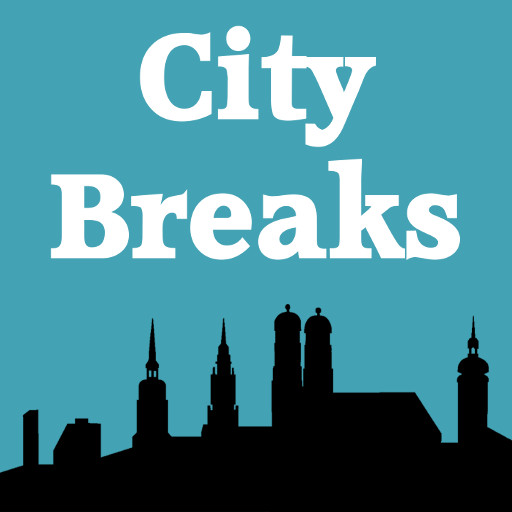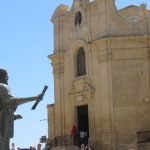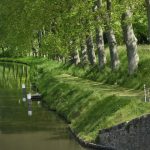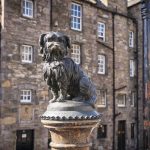
Dobro pozhalovat’ v Sankt-Peterburg. Welcome to St Petersburg. It was built on unpromising Baltic marshland just 3 centuries ago, yet today it’s one of the continent’s most beautiful cities, where the baroque splendour of its canal-side mansions contrasts with the onion domes of its more Russian-style churches. Visit St Petersburg for its imperial and soviet history and for its rich culture. This introductory post brings you information to help you get your bearings and pick up the basic facts which underpin everything. See below for reading ideas and useful links.
Get your bearings
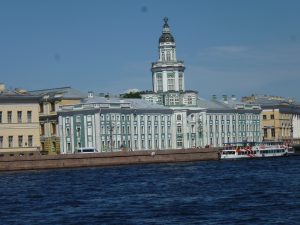
St Petersburg is on Russia’s western coast, facing the Gulf of Finland, with Estonia, Latvia and Lithuania to the south. It’s just 7 degrees south of the Arctic Circle, with a climate to match. At the mouth of the River Neva, which is icebound for at least four months a year, the winters are long, cold and dark. But in the summer come the ‘White Nights’, when, as the writer Helen Dunmore described it, ‘Night is as brief as the brush of a wing, only an hour of yellow stars in a sky that never darkens beyond deep, tender blue.’
As the River Neva meets the sea, it divides into two, creating Vasilyevsky Island in between. The city is built on a ‘T shape’, formed by the Embankment along the river and the main avenue, Nevsky Prospekt, running back through the city. The main canal, the Fontanka, loops round the oldest part of the city, flowing into the river at both ends. Inside the Fontanka is a network of smaller canals and little bridges. In fact, in total St Petersburg has over 800 bridges!
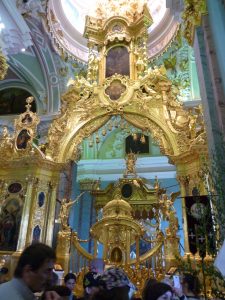
Along the Embankment stand St Isaac’s Cathedral and the Summer and Winter Palaces. Across the water is Vasilyevsky Island with the city’s oldest landmarks, the fortress and cathedral built by Peter the Great. On Nevsky Prospekt are magnificent churches like the onion-domed Church on the Spilled Blood. The canals are lined with pretty mansions built in the 18th century by the Empress Elisabeth’s favourite architect, the Italian Bartolomeo Rastrelli. A few miles outside the city are the magnificent palaces built by former rulers, Peter the Great’s Palace of Peterhof and the Catherine Palace
St Petersburg’s Beginnings
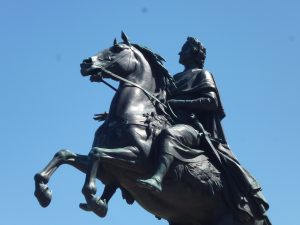
The Neva delta was a desolate marshland, but it was here, in 1703, that Peter the Great decided to build a new city. A hundred thousand building workers are said to have died fulfilling his wish. St Petersburg was to be very different from Moscow, inspired by what Peter had seen on visits to London and Amsterdam. The later 18th century was dominated by the two women. Empress Elisabeth ran a dazzling court and commissioned many splendid buildings. Catherine the Great was ‘an enlightened despot’, someone who rewrote the country’s laws and promoted education while presiding, often harshly, over serfdom.
Revolution and Modern St Petersburg
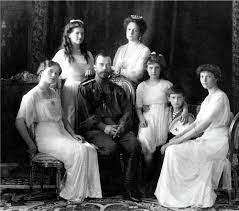
In the 19th century there was much debate about autocracy and the desire to liberalise. For example, Czar Alexander II was murdered by an opponent of his 1861 Act which freed serfs, and then his son Alexander III reacted to this by tightening the regime again. Czar Nicholas II became the last ruler from the Romanov dynasty when he and his entire family were murdered by Bolshevik revolutionaries after the 1917 revolution. After Lenin’s return from exile abroad, the city was renamed Leningrad.
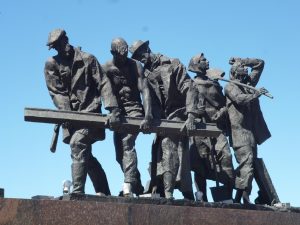
During World War II there was great suffering when the city came under siege, surrounded by German troops who allowed no food in, and an estimated 800,000 people starved to death. Stalin’s grip on the city lasted nearly 30 years until his death in 1953, but real change only arrived in 1991 after the collapse of communism, when the city reverted to its original name, St Petersburg. Vladimir Putin, originally from St Petersburg, became Prime Minister in 1999, then President and has been in power ever since.
What makes St Petersburg Unique?
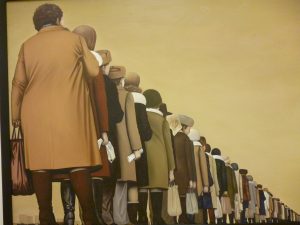
St Petersburg’s splendid Embankment has wide river vistas and majestic architecture. Baroque buildings, seemingly iced in pale fondant colours, line the canals and there’s a lovely view at every turn, a gold-topped onion dome here, a little bridge there. History is everywhere, from Peter the Great to the imperial age, the revolution which began at the Winter Palace, and the soviet and post-communist eras. And culture abounds: see the cream of European art at the Hermitage, everything from early icons to 20th century Russian art at the Russian Museum. And this is also the city of music, literature and ballet, a centre where Tchaikovsky, Dostoyevsky, Nureyev and so many more composed and wrote and danced.
In the next post, we’ll be looking at Peter the Great and how he built the city, plus visiting places connected to him. Meanwhile, we can recommend some weblinks and guidebooks which proved useful in our research. And, if you fancy doing some reading around St Petersburg in all its variety, we also list below a good selection of non-fiction books, along with three St Petersburg anthologies and four novels set in the city.
Listen to the podcast
Links and reading
Useful websites for tourists
St Petersburg City Tourist Information Bureau
St Petersburg.Com (Tourist Information)
2 guidebooks to St Petersburg
Eyewitness Travel Guide to St Petersburg
Lonely Planet Guide to St Petersburg
Travel Book
Among the Russians by Colin Thubron
History
Russian History, a Very Short Introduction by Geoffrey Hosking
The Romanovs by Simon Sebag Montefiore
Caught in the Revolution by Helen Rappaport
Biography
Peter the Great by Lindsey Hughes
Peter the Great by Derek Wilson
Catherine the Great by Simon Dixon
Catherine the Great by Robert K Massie
Rasputin by Frances Welch
Four Sisters by Helen Rappaport (the 4 daughters of Czar Nicholas II)
The Diary of Lena Mukhina (A diary of the Siege of Leningrad)
Art and Culture
A Short Life of Pushkin by Robert Chandler
Nijinsky by Lucy Moore
Rudolf Nuryev The Life by Julie Kavanagh
Anna of all the Russias The Life of Anna Akhmatova by Elaine Feinstein
Anthologies
St Petersburg A Traveller’s Companion by Laurence Kelly
City Pick St Petersburg edited by Heather Reyes
Literary St Petersburg by Elaine Blair
Novels set in St Petersburg
Crime and Punishment by Fyodor Dostoevsky
The Siege by Helen Dunmore
The Betrayal by Helen Dunmore
The Suitcase by Sergei Dovlatov
Last Updated on November 4, 2024 by Marian Jones
